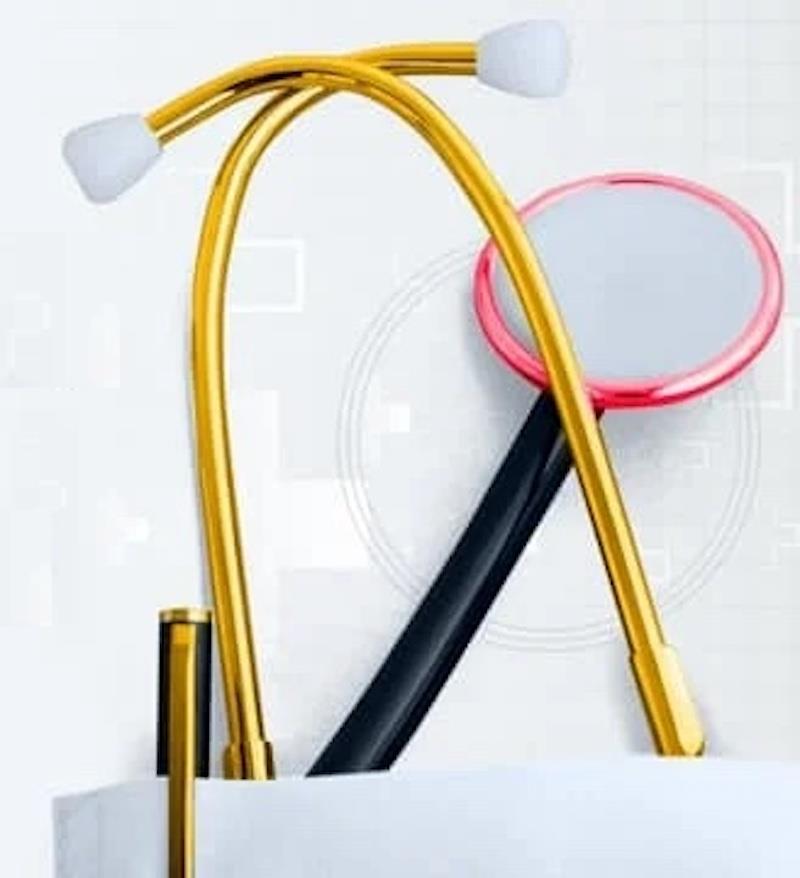
Robotics In Healthcare: Key AI Use Cases, Benefits, And Challenges
August 22, 2025 by Mai Tao
The rise of custom healthcare software development services has accelerated the adoption of robotics in medicine. What was once seen as futuristic is now a daily reality in many hospitals worldwide.
Robots assist in delicate surgeries, support patients during rehabilitation, disinfect hospital spaces, and even help doctors consult remotely.
By combining AI, machine learning, and advanced engineering, healthcare robotics is reshaping medical practices, making them safer, faster, and more efficient.
Yet, while the technology unlocks enormous potential, it also brings challenges related to cost, ethics, and accessibility that healthcare providers must address.
Key Takeaways-
By 2025, the global healthcare robotics market is projected to surpass $20 billion , driven by surgical robots and automated assistance.
Over 70% of hospitals in developed countries are adopting robotic technologies to improve surgical outcomes and efficiency.
AI-driven healthcare robots are expected to cut operational costs by 15-20%, improving patient care accessibility worldwide.
Healthcare robotics refers to the use of intelligent, AI-powered machines designed to support medical professionals in diagnostics, treatment, rehabilitation, and hospital operations.
These robots combine automation, precision, and data-driven decision-making to enhance patient care and reduce medical errors.
How does Robotics in Healthcare Work?Healthcare robotics integrates artificial intelligence, machine learning, sensors, and mechanical engineering into medical processes.
Surgical robots, for instance, use high-precision instruments guided by AI algorithms and controlled by surgeons for minimally invasive operations. Rehabilitation robots provide real-time feedback to patients, while logistics robots automate the delivery of medication and supplies.
All these systems rely on AI models trained on vast datasets to ensure accuracy, safety, and efficiency in medical environments.
What are the Real Robotics Use Cases in HealthcareRobotics in healthcare is not theoretical anymore – practical applications are transforming patient care and hospital operations globally. Below are the most impactful real-world use cases.
Robotic-Assisted SurgerySurgical robots enable minimally invasive procedures with unmatched precision. They reduce human error, shorten recovery times, and allow surgeons to operate with enhanced visualization, often leading to fewer complications.
Rehabilitation RobotsThese robots assist patients recovering from strokes, injuries, or neurological conditions. Through adaptive exercises and AI feedback, they personalize therapy sessions, improving motor skills and accelerating rehabilitation progress.
Robotic Nursing AssistantsFrom delivering medications to assisting with patient mobility, nursing robots help reduce staff workload. They free up human nurses for critical tasks while ensuring consistent and safe patient support.
Disinfection and Sanitation RobotsAutonomous robots equipped with UV light or disinfectant sprays sterilize hospital environments. They help reduce infection risks, especially in intensive care units and high-traffic areas.
Telepresence RobotsTelemedicine-enabled robots allow doctors to interact with patients remotely. They enhance access to care in rural areas, providing mobility, real-time monitoring, and on-demand consultations.
What are the Benefits of Robotics in HealthcareRobotics provides measurable improvements in treatment quality, hospital efficiency, and patient safety.
-
Enhanced precision in surgeries – Robotic tools minimize invasive procedures and ensure exact incisions, leading to reduced complications and faster recovery for patients.
Reduced medical errors – AI-powered systems assist doctors in decision-making, lowering risks of human mistakes in surgeries, diagnoses, and treatments.
Faster rehabilitation – Therapy robots customize exercise routines, track patient progress, and speed up motor recovery, helping patients return to normal activities sooner.
Improved hospital efficiency – Robots automate logistics, supply delivery, and routine nursing tasks, allowing staff to focus on critical care.
Expanded access to care – Telepresence robots connect doctors and patients remotely, bridging gaps in rural or underserved regions.
Despite rapid adoption, robotics in medicine faces key obstacles that slow down its wider use.
-
High implementation costs – Robotic systems require significant investment in technology, infrastructure, and training, making them unaffordable for many smaller hospitals.
Technical complexity – Operating advanced robots demands specialized training and continuous updates, limiting their accessibility in understaffed healthcare environments.
Data privacy concerns – Robots rely on sensitive patient data, which increases risks of cyberattacks and raises issues around compliance with privacy regulations.
Ethical concerns – Replacing human caregivers with robots raises debates about patient trust, empathy, and the limits of automation in healthcare.
Unequal access – Advanced robotics are concentrated in wealthier countries, creating a global healthcare gap where developing regions struggle to adopt such technologies.
Healthcare robotics is evolving at an unprecedented pace, reshaping surgeries, rehabilitation, and hospital workflows.
While benefits such as precision, safety, and efficiency are clear, challenges like cost, ethics, and accessibility remain.
The future of medicine will likely be collaborative, where human expertise and intelligent machines complement each other for better patient outcomes.
Legal Disclaimer:
MENAFN provides the
information “as is” without warranty of any kind. We do not accept
any responsibility or liability for the accuracy, content, images,
videos, licenses, completeness, legality, or reliability of the information
contained in this article. If you have any complaints or copyright
issues related to this article, kindly contact the provider above.
Most popular stories
Market Research

- Solo Leveling Levels Up: Korean Billion-Dollar Megafranchise Goes Onchain With Story
- Freedom Holding Corp. (FRHC) Shares Included In The Motley Fool's TMF Moneyball Portfolio
- From Tracking To Thinking: Edgen's“Smart Portfolio” Brings Portfolio-Native Multi-Agent Reasoning To Asset Portfolios
- Cregis At FOREX Expo 2025: Connecting Forex With Crypto Payment
- Currency Relaunches Under New Leadership, Highlights 2025 Achievements
- Cregis At TOKEN2049 Singapore 2025: Unlocking The Next Frontier Of Adoption




















Comments
No comment